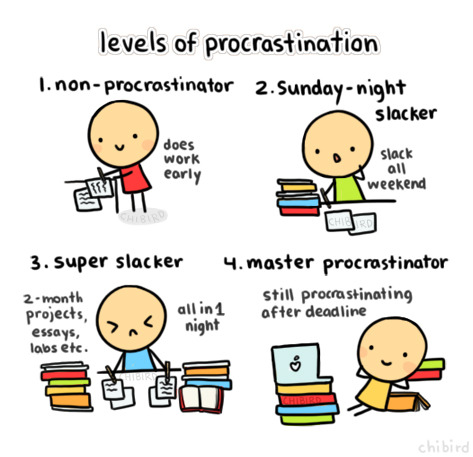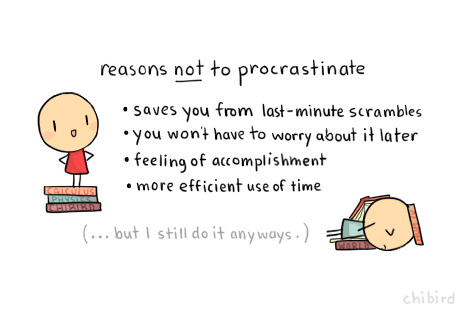Have a test coming up? Or a huge assignment? These five study tips will help you get on track and motivate you to do better.
1. Colour code your notes
This is the best technique, and is used by many people in every profession. In your planner, you can colour code things like exams, quizzes and assignments. Another really great tip is to have as many different colours as you possibly can because without that, it can be boring and hard to understand exactly what you have to do. When you have everything colour coordinated with bright bold colours, it motivates you to actually do that tasks. Also when it comes to textbooks or notes, colour code them according to what they tell you. For example: definitions are blue, important notes: green, hard to understand information/questions you have: yellow. You could also just underline the information discussed in class with a pen or pencil to refresh your memory because you know that you were apart of that discussion in class. Note: when listening to discussions it’s important that you have a good nights sleep so you can actually hear what others are saying and engage in the conversation.
2. Manage your time
You have to make sure that you manage your time, because honestly, we all know how hard it is to cram a whole semester’s information in one night. Exams can be really stressful, but by reviewing each night for every class, you do really well. Our brains retain information better when it is repeated again and again. I have friends who cram the night before and end up sleeping in other classes. They admit that by cramming for one class it affects their other classes as well because they are tired, and can’t pay attention or have anxiety. Set time for study sessions and make sure you actually study at least two days before the exam. Remember to put away all distractions, and grab a snack if it helps fuel your brain because nobody wants to study on an empty stomach.
3. Print out slideshows
How many times have you sat in class trying to write down all the vital information, while your teacher goes on and on about the steps, but you have no time to pay attention!? That’s me, almost every day. Sadly, we don’t have enough time to look at teacher talking and take down all the notes. Our brains have a hard time multitasking because what is written on the slide show may not be what your teacher is talking about, and she could be giving extra vital information but you are missing it because you are reading, interpreting, and writing down the information. I have found that by printing out sideshows or having them saved on to a electronic device like an iPad, you can pay attention in class and go read the notes at a later time. The slideshows or word document can be read before class, on the bus, before bed, and anywhere else. Due it the fact that you have listening to the teacher you already have retained the information so when you are reading you can make little notes, and skim through it much quicker. This is a great technique for all learning styles and helps your notes come to life!
4. Repetition
This one is pretty basic, but since you have vivid colors all over your material blinding you, you might as well put it to good use. When you read the highlighted information it will pop out to you, and though you should be reading the whole page, it is the coloured information that your brain will see as important, and it will make you aware to review it more thoroughly. Also if you have a row stuck or a job by having the highlighted information, you can quickly review notes because you don’t have to look for important notes, class discussion chapters, and definitions as it is all there for you. In addition when you read the pages review the information over and over again. Once you read page two, skim through page one again, and try to do that every time you encounter two new pages. It’s pretty amazing what relations can do for you. For example dancers have to go through the routines over and over again until it is engraved into their mind. Practice combined with repetition makes perfect!
5. Do not procrastinate
Ah, procrastination… an enemy and a best friend. This goes out to all my friends who stay up all night because they were surfing the web doing needless things. A study break for a couple minutes isn’t too big of a deal, but when it turns into a whole new job like baking something or taking a nap, it can really get you off track. Of course, our brain needs to take breaks. Every time you take a break, perhaps you should finish a chapter, or highlight the notes in the chapters ahead, because by doing that you are taking a break knowing that you have everything ready for when you come back. It makes life a bit easier, and you are rewarding yourself with a break!







